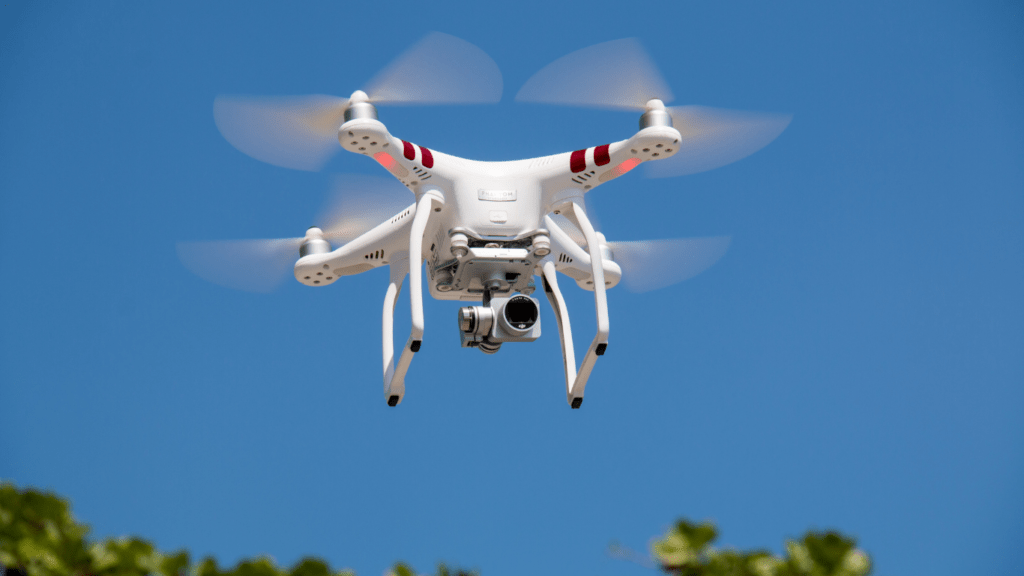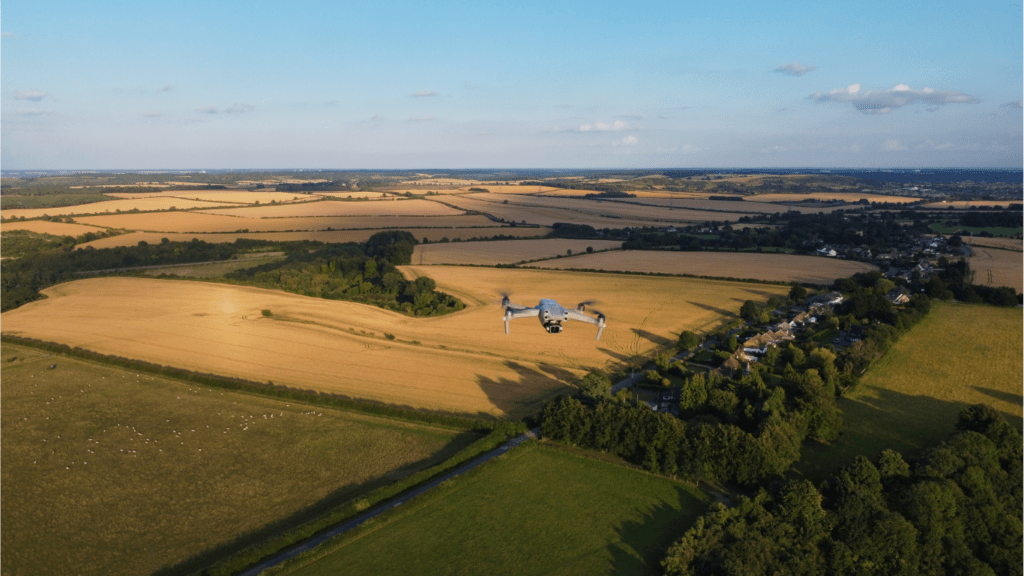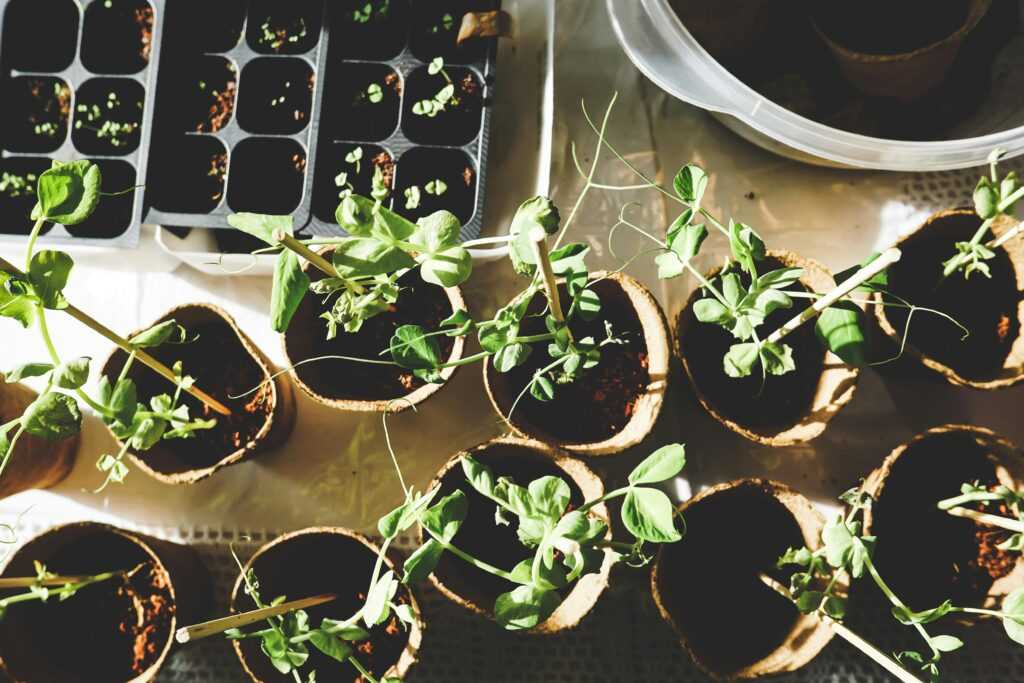The Rise of Drone Technology in Agriculture
Precision agriculture benefits significantly from drone technology. Farmers can gather extensive data about their fields in minutes. High-resolution cameras capture detailed images, enabling accurate analysis.
Monitoring Crop Health
Drones equipped with multispectral sensors assess crop health by detecting issues invisible to the naked eye, like nutrient deficiencies or pest infestations. Early detection prevents significant damage and loss.
Optimizing Irrigation
Drones with thermal sensors evaluate soil moisture levels, ensuring targeted irrigation. This data allows precise water application, essential for conserving water and promoting optimal plant growth.
Enhancing Crop Yields
Through precise mapping and real-time monitoring, drones facilitate better decision-making, boosting crop yields. Automated processes reduce labor costs and enhance efficiency.
Providing Detailed Data
Drones collect vast amounts of data quickly. Farmers access actionable insights which help in devising better farming strategies.
Cost Efficiency
Though an initial investment is necessary, drones save money long-term by reducing labor, optimizing resources, and increasing yields. This ROI makes them invaluable to modern agriculture.
These elements combined underscore the essential role drones play in advancing agricultural practices.
Key Benefits of Using Drones in Agriculture
Drones deliver transformative advantages across farming practices. Below are key benefits, each broken down by specific applications.
Precision Farming
Drones significantly enhance precision farming by applying resources like fertilizers and pesticides precisely where needed. Using high-resolution cameras and multispectral sensors, they collect detailed data on soil health and crop conditions, enabling tailored treatments that improve efficiency.
For example, a drone can identify nitrogen-deficient areas in a field, allowing for targeted fertilizer application, thus reducing waste and cost.
Crop Monitoring
Regular crop monitoring becomes efficient and more informative with drones. They provide real-time data on plant health, growth stages, and potential issues such as pest infestations or diseases.
By flying over large areas quickly, drones capture comprehensive field images that reveal trouble spots. Farmers can then take immediate corrective actions, ensuring healthier crops and higher yields.
Efficient Field Mapping
Field mapping using drones is more detailed and faster compared to traditional methods. High-precision GPS combined with aerial imaging creates accurate topographic maps.
These maps help in planning irrigation systems, identifying drainage issues, and designing planting patterns. For example, in vineyards, drones map the terrain to optimize vine row orientations, improving sunlight exposure and grape quality.
Livestock Management
Drones simplify livestock management by monitoring animals over large pastures. They assist in tracking herd movements, checking animal health, and locating lost or injured animals.
Equipped with thermal imaging, drones can detect temperature variations indicative of health issues. This leads to timely interventions and better herd health management. For instance, drones can quickly locate cattle needing medical attention, ensuring swift care.
Types of Drones Used in Agriculture

Farmers use several drone types to enhance agricultural operations and productivity.
Fixed-Wing Drones
Fixed-wing drones excel in covering large areas quickly, making them ideal for extensive farmland. They have streamlined designs, resemble small airplanes, and can fly longer distances than other drones.
For instance, the SenseFly eBee can cover up to 1,200 acres on a single charge. These drones are effective for creating detailed aerial maps and monitoring expansive fields with high accuracy.
Multi-Rotor Drones
Multi-rotor drones offer versatility and precise maneuverability, crucial for focused tasks. Equipped with four or more rotors, models like DJI Phantom 4 and Agras MG-1 are popular choices.
They excel in tasks requiring stationary hover, such as close-up inspection of crops, targeted pesticide application, and real-time crop health monitoring. Their ability to navigate small areas makes them indispensable for detailed tasks.
Hybrid Drones
Hybrid drones combine the advantages of fixed-wing and multi-rotor designs to offer longer flight times and precise control. For example, the Parrot Bluegrass Fields has vertical takeoff and landing capability, enabling easy deployment in confined spaces while maintaining extended flight endurance.
These drones handle both large-scale surveys and intricate inspections, providing flexibility for diverse agricultural applications.
Challenges and Limitations
Even with the numerous advantages, several challenges prevent widespread drone adoption in agriculture.
Regulatory Hurdles
Farmers face regulatory hurdles due to varying drone usage laws. For instance, the Federal Aviation Administration (FAA) mandates specific operational restrictions in the U.S.
These regulations can limit drone operations, especially in restricted airspace or near airports, making compliance a significant challenge. Additionally, farmers must navigate complex authorization processes, which can delay implementation.
High Initial Investment
The cost of acquiring and maintaining drones can be a barrier. Advanced agriculture drones with high-resolution cameras and multispectral sensors typically cost several thousand dollars.
Beyond the initial purchase, farmers also incur costs for software, training, and insurance. Smaller farms with tight budgets may struggle to justify this investment, despite the potential long-term benefits.
Technical Difficulties
- Operating drones requires technical knowledge and expertise.
- Farmers need training to handle the hardware and interpret the complex data collected.
- Technical challenges like connectivity issues, limited battery life, and maintenance concerns can further complicate usage.
- A drone’s battery may last only 20-30 minutes, which can hinder large-scale applications.
- This need for technical support and ongoing maintenance can be daunting for those unfamiliar with the technology.
Future Prospects of Drone Technology in Agriculture
Drones stand to transform agriculture dramatically in the coming years. Emerging trends and advancements point to even greater efficiency and productivity on farms. One promising development involves artificial intelligence (AI) integration. With AI, drones can analyze data more rapidly and accurately, enabling farmers to make informed decisions.
Autonomous drones are another exciting prospect. These drones can operate without human intervention, navigating fields and performing tasks like:
- seeding
- fertilizing,
- pest control
This would save farmers time and reduce labor costs.
Drones equipped with hyperspectral imaging could revolutionize crop monitoring. This technology provides detailed insights into plant health, identifying nutrient deficiencies, disease outbreaks, and water stress before they cause significant damage.
Implementing 5G technology will address connectivity issues. With faster data transfer rates and lower latency, drones will communicate more efficiently with ground systems, enhancing real-time data collection and analysis.
Battery life improvements are on the horizon. Advances in battery technology can extend flight times, allowing drones to cover larger areas in a single flight. This will be particularly beneficial for extensive farms.
Commercial viability is also increasing. As technology evolves, drone costs are expected to decrease, making them more accessible to small and medium-sized farms. Additionally, government subsidies and incentive programs could further reduce financial barriers.
Agricultural drone technology is set to revolutionize farming by enhancing precision, reducing labor, and providing unparalleled insights into crop health. By focusing on these advancements, the future prospects for drone technology in agriculture seem bright and promising, paving the way for even greater agricultural innovation.



